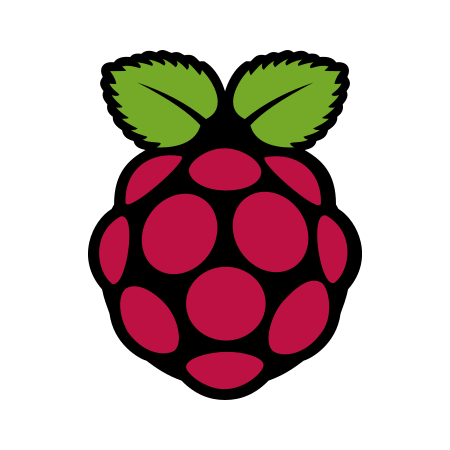Ill keep it short and sweet, io have a pi4 that i tried to use for a couple of things and never really quite worked, whats a genuine helpfull thing to use it for? what system/program would be cool? multiple maybe?
how would an amateur that wasnts thing to just work that dont require an hour of commandline fiddling to work?
I tried a pihole, barely got it to work and never properly connected with the internet i tried retroarch, mostly worked but realized its way easier and more comfortable to use my main machine i tried funkwhale, never got it to install i tried invidious, worked on my main machine, never was able to connect via another machine on the pi (and with the program feeling a little in danger now i felt a lil iffy)
i request assistance and would appreciate it heavily, any and all alternatives, tutorials and help will be seriously considered
I personally love my pi 4 as a media server, it is capable of running jellyfin and navidrome just fine.
I also use it for klipper for 3d printing, I don’t know if that is something relevant to you.
I have a pi4 running osmc and up until last week was running tvheadend for live TV as well, was surprised that it could decode full HD live tv
It’s easy to set it up as a mobile “off-grid” wifi access point to host a calibre library of banned books.
https://github.com/hydroponictrash/Tiny-Banned-Book-LibraryI have mine running NextCloud for syncing files between Android & my computer.
the nextcloud android client isn’t the best when it comes to automatically syncing… I’ve read that one should use Syncthing for function syncing, but haven’t set up that.
I’m running a triple boot using PINN with:
- Lakka - For retro gaming of old platforms (GBA, PS1 work great)
- LibreElect - For KODI
- PiOS Lite based on bullseye which automatically boots to a user and starts steamlink so I can play there with my stronger desktop computer.
My website nx2.site and my Matrix server matrix.nx2.site runs entirely on a RPi4-2GB
The Pi 4 is my go-to machine for sound installations. Where the 3B was just too short on memory (I run mostly on JVM which can be demanding). You also have headroom to create a big RAM disk, which can speed up processes quite a bit. The plenty of USB ports means you can easily connect sound interfaces, external harddrives etc., or plug-in a Pico if need to outsource some sensor code to a micro controller.
an hour of commandline fiddling
This is of course if you are not familiar with it. I guess the Pi 4 appeals a lot to linux users, like myself, because I don’t even have to think about most things I do on the command line, as they are essentially the same as on my desktop laptop. Logging in via VNC makes it just another computer that works exactly like the other computer. So yes, learning curve is there, but then it becomes second nature; been using them for four years now (3B and 4B).







